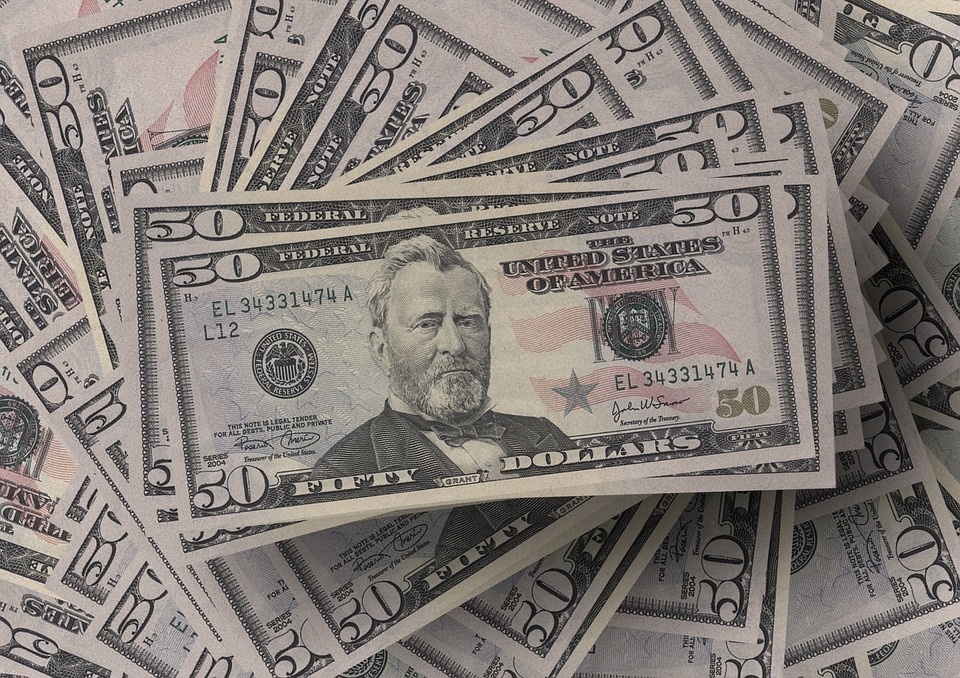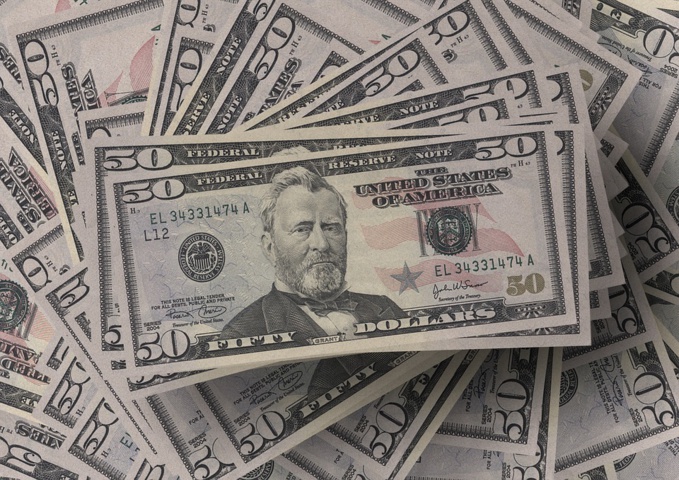According to results of the two-day meeting, the Federal Reserve Market Committee of the US Federal Reserve expectedly kept the interest rate on federal loan funds at the level of 2.25–2.5% per annum. The rate also did not change at the last meeting in January. Prior to that, in 2018, it was raised four times, by one percentage point each. In 2017 there were three times 0.75 points each.
The pause in monetary policy tightening announced in January warmed up the markets, which felt a surge of investor interest. At that time, the Federal Reserve, citing, among other things, the problems of the global economy (including uncertainty about the economies of China and the European Union, Brexit, and US trade disputes) promised to be patient in assessing the need for further rate increases. Such a change in was somewhat unexpected. As far back as December, the Fed had a different opinion, telling the markets that “a certain increase in rates would correspond to an improvement in the economy.”
Now most members of the Fed open market committee do not predict an increase in the base interest rate in 2019.
Only one increase in the rate, up to an average annual value of 2.6%, is expected in 2020, according to the forecast released on Wednesday. And there are no forecasts for the 2021st. The long-term estimate of the neutral value of the rate, at which economic activity in the United States will not be constrained and will not receive incentives, is left at around 2.8%.
The change in the schedule of the rate hike was a reflection of the Fed's revised economic forecasts for the US economy for 2019 and 2020, which were slightly worsened due to the weakening growth in economic activity in the country and external risks. Now it is expected that the US GDP this year will grow by 2.1% instead of the expected 2.3% in December, in 2020 - by 1.9% instead of 2%. The inflation forecast for this year has been lowered to 1.8% from 1.9%, and to 2%, from 2.1%, - by 2020.
Important news of the January meeting was the Open Market Committee’s discussion of a possibility of stopping sale of assets from the Fed's balance sheet, “blown” at the time of quantitative easing (this became known later from the meeting transcript published in February). On Wednesday, the regulator announced a decision to slow down decline in the portfolio of treasury bonds and mortgage-backed securities on its balance sheet in May and completely stop it in September of this year.
source: bloomberg.com
The pause in monetary policy tightening announced in January warmed up the markets, which felt a surge of investor interest. At that time, the Federal Reserve, citing, among other things, the problems of the global economy (including uncertainty about the economies of China and the European Union, Brexit, and US trade disputes) promised to be patient in assessing the need for further rate increases. Such a change in was somewhat unexpected. As far back as December, the Fed had a different opinion, telling the markets that “a certain increase in rates would correspond to an improvement in the economy.”
Now most members of the Fed open market committee do not predict an increase in the base interest rate in 2019.
Only one increase in the rate, up to an average annual value of 2.6%, is expected in 2020, according to the forecast released on Wednesday. And there are no forecasts for the 2021st. The long-term estimate of the neutral value of the rate, at which economic activity in the United States will not be constrained and will not receive incentives, is left at around 2.8%.
The change in the schedule of the rate hike was a reflection of the Fed's revised economic forecasts for the US economy for 2019 and 2020, which were slightly worsened due to the weakening growth in economic activity in the country and external risks. Now it is expected that the US GDP this year will grow by 2.1% instead of the expected 2.3% in December, in 2020 - by 1.9% instead of 2%. The inflation forecast for this year has been lowered to 1.8% from 1.9%, and to 2%, from 2.1%, - by 2020.
Important news of the January meeting was the Open Market Committee’s discussion of a possibility of stopping sale of assets from the Fed's balance sheet, “blown” at the time of quantitative easing (this became known later from the meeting transcript published in February). On Wednesday, the regulator announced a decision to slow down decline in the portfolio of treasury bonds and mortgage-backed securities on its balance sheet in May and completely stop it in September of this year.
source: bloomberg.com



















